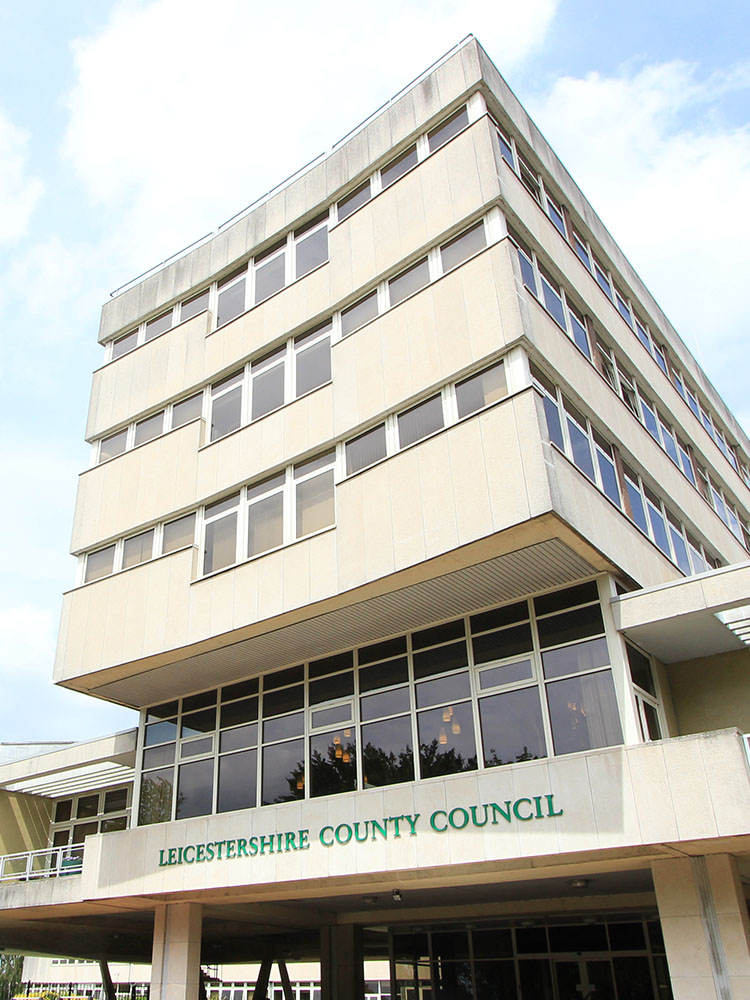Leicestershire, Leicester and Rutland Local Nature Recovery Strategy
Update August: The Local Nature Recovery Strategy (LNRS) for Leicestershire, Leicester and Rutland has now been completed and published, as of 1 August 2025.

Local Nature Recovery Strategies (LNRSs) are a new mandatory system of strategies under the Environment Act 2021 that apply to certain
geographical areas, ensuring that opportunities to recover nature are joined-up.
They are primarily aimed at landowners, farmers, local authorities and environmental groups and will:
- map the most valuable existing areas for nature
- establish priorities, and
- map proposals for specific actions to drive nature’s recovery and wider environmental benefits.
The strategies do not force the owners and managers of the land identified to make any changes. Instead, the Government is encouraging action through, for example, opportunities for funding and investment.
The LNRS will go further than other policies already at play in Leicestershire, Leicester and Rutland by bringing together landscape scale, multifaceted approaches focused on preserving, conserving and enhancing nature and meeting other environmental objectives such as climate change, flood mitigation and improved air and water quality.
Watch a video produced by the Department for Environment Food and Rural Affairs (Defra) to find out more about the Local Nature Recovery Strategy Also see our Local habitat map
Take a look at the Local Nature Recovery Strategy:
Why we need a LNRS
It is needed now because we are in an ecological and climate emergency and need to work together as communities to deal with the problems and impacts of global warming and the loss of species and habitats.
The Earth's biological resources such as plants, animals, soils and clean water, are vital to humanity's economic and social development. As a result, there is a growing recognition that biological diversity is a global asset of tremendous value to present and future generations.
Across the Leicestershire, Leicester and Rutland local nature recovery strategy area, less than 1% of the area has a high biodiversity score. Also approximately only 6% of the area is covered by woodland, compared to the national average of 13%. See the Biodiversity quality assessment report for further information:
The area suffers from surface water flooding, pockets of poor air quality, poor quality soils, mineral exploitation and pests and diseases. If we can recover habitats, we can tackle these problems, and help future generations to have work, food, health and happiness.
The impact of not doing anything to look after nature can and will be seen in things such as higher deaths and illness from heat exposure and the consequences of flooding, poor air quality, reductions in the supply of quality food, inadequate access to nature and the outdoors, and poorer quality places to live and work.
Benefits of the LNRS
Action to recover nature results in healthier and thriving ecosystems. An ecosystem is a geographic area where plants, animals, and other organisms, as well as weather and landscape, work together to form a bubble of life.
The benefits include:
- cleaner water for drinking and bathing
- cleaner air for us to breathe
- healthier soils for growing food and other products such as timber, biofuels and other products we need everyday
- conservation of minerals and geodiversity for future generations to utilise and learn from
- a variety of biodiversity that also helps us pollinate our food, manage pests and disease as well as providing the health and well-being benefits of interacting with nature and the world around us.
It will also strengthen local ambitions on climate change and flood risk management. This will be by guiding nature-based approaches to carbon removal and storage and flood prevention.
It will guide local planning policy initiatives, including Biodiversity Net Gain (BNG) by informing the delivery of biodiversity offsetting. It will also help the area to attract future funding for environmental improvement and growth.
